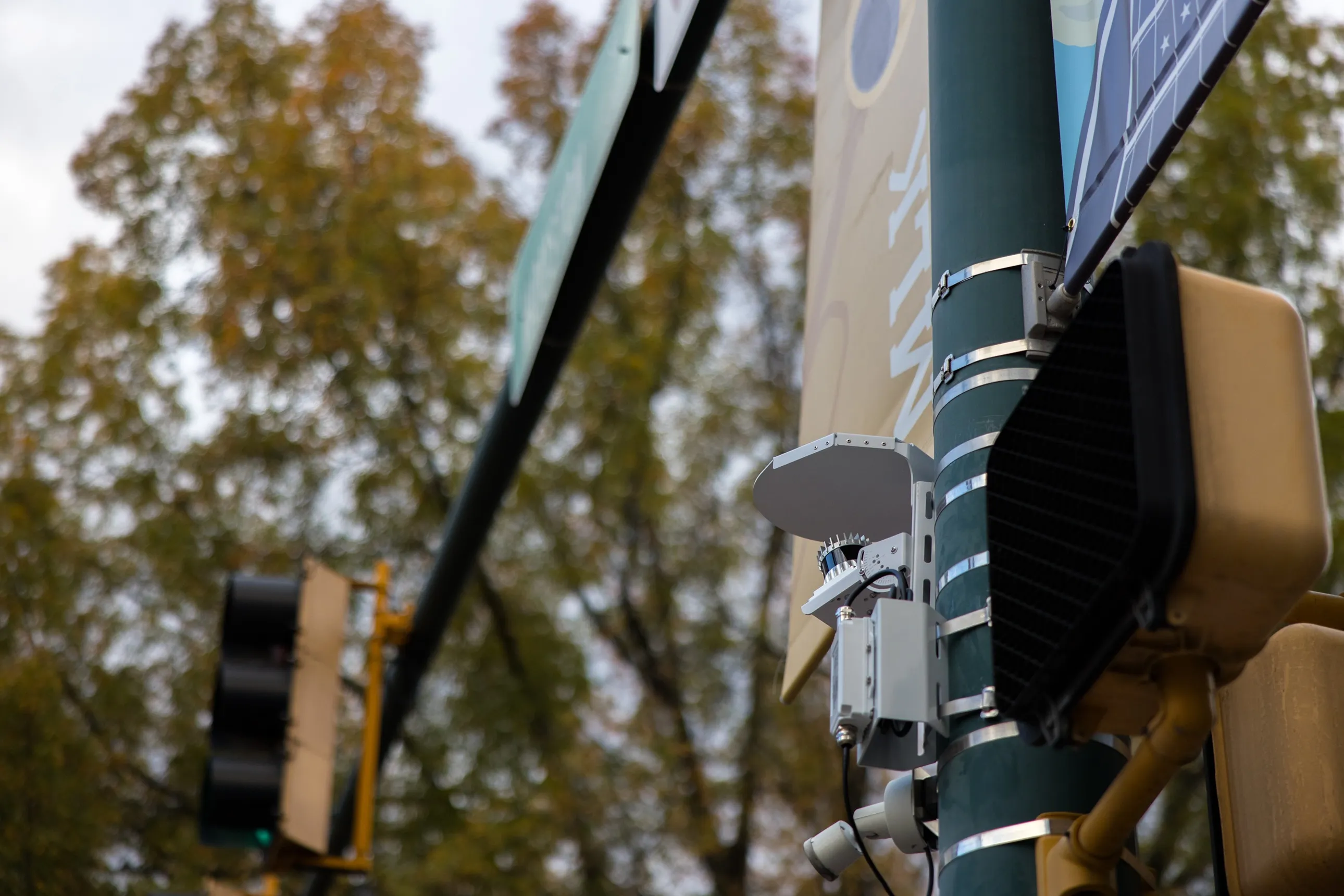North Carolina Department of Transportation’s (NCDOT) has announced the apparent successful bidder for its first public-private-partnership (P3) contract to improve the traffic flow along 26 miles of I-77 in the Charlotte area, one of the most congested roadways in the state. It includes the development of HOT lanes in both directions.
Following a required bidding process and pending final review Cintra Infraestructures will construct the I-77 project through a joint venture with F.A. Southeast, W.C. En
April 17, 2014
Read time: 2 mins
Following a required bidding process and pending final review
The US$655 million project aims to improve traffic flow on a 26-mile stretch of one of the most congested highways in North Carolina, and will be the first public-private partnership (P3) contracted by NCDOT.
“Louis Berger is proud to be the lead designer for NCDOT’s first P3 endeavour,” said Mike Kirk, vice president for Louis Berger’s design-build practice. “The I-77 high-occupancy managed lanes will provide a cost-efficient solution that will improve travel time reliability along this important corridor.”
Construction is anticipated to begin as early as December of this year, with an expected completion date in mid-2018.








